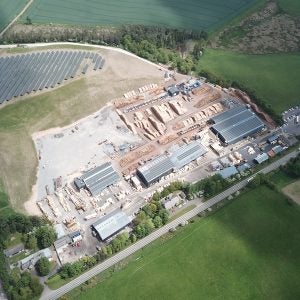The long-term future of tropical forests could depend on higher prices being achieved for natural tropical hardwoods, according to Rupert Oliver, editor of hardwoodmarkets.com.
Commenting on the report “State of the World’s Forests” published recently by the Food and Agricultural Organisation of the United Nations, Mr Oliver said implications for the hardwood industry were profound.
The report states that by 2050 the global population will have risen to around nine billion. In the next 50 years around 50% of the world’s inhabitants could suffer malnutrition unless technologies to increase agricultural productivity are developed.
And forest lands could be sacrificed to make way for the growing of crops to feed people and generate income.
|
“The pressure on land resources is such that unless politicians and forest managers can demonstrate to local communities that managed forests are a viable land use, they will be converted” |
|
Rupert Oliver, editor hardwoodmarkets.com |
Mr Oliver said: “The pressure on land resources is such that unless politicians and forest managers can demonstrate to local communities that managed forests are a viable land use, they will be converted.”
But, said Mr Oliver, the market was generally unwilling to pay prices for tropical hardwoods at a level that fully covered the cost of production. “Buyers have become too accustomed to sourcing these timbers at prices that reflect unsustainable levels of harvest,” he said, adding that opportunities to raise prices were undermined by competition in finished goods markets and by substitution trends.
Mr Oliver said marketing strategies were needed to lift natural tropical hardwoods into a much higher value niche market if the product was to have a future.






